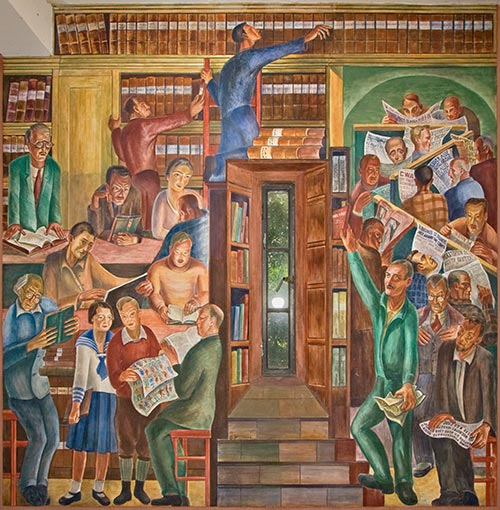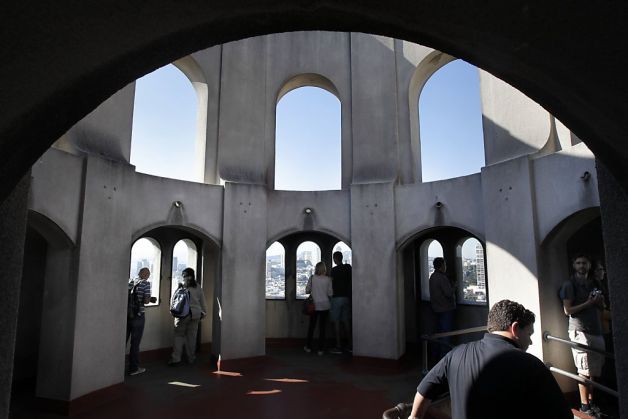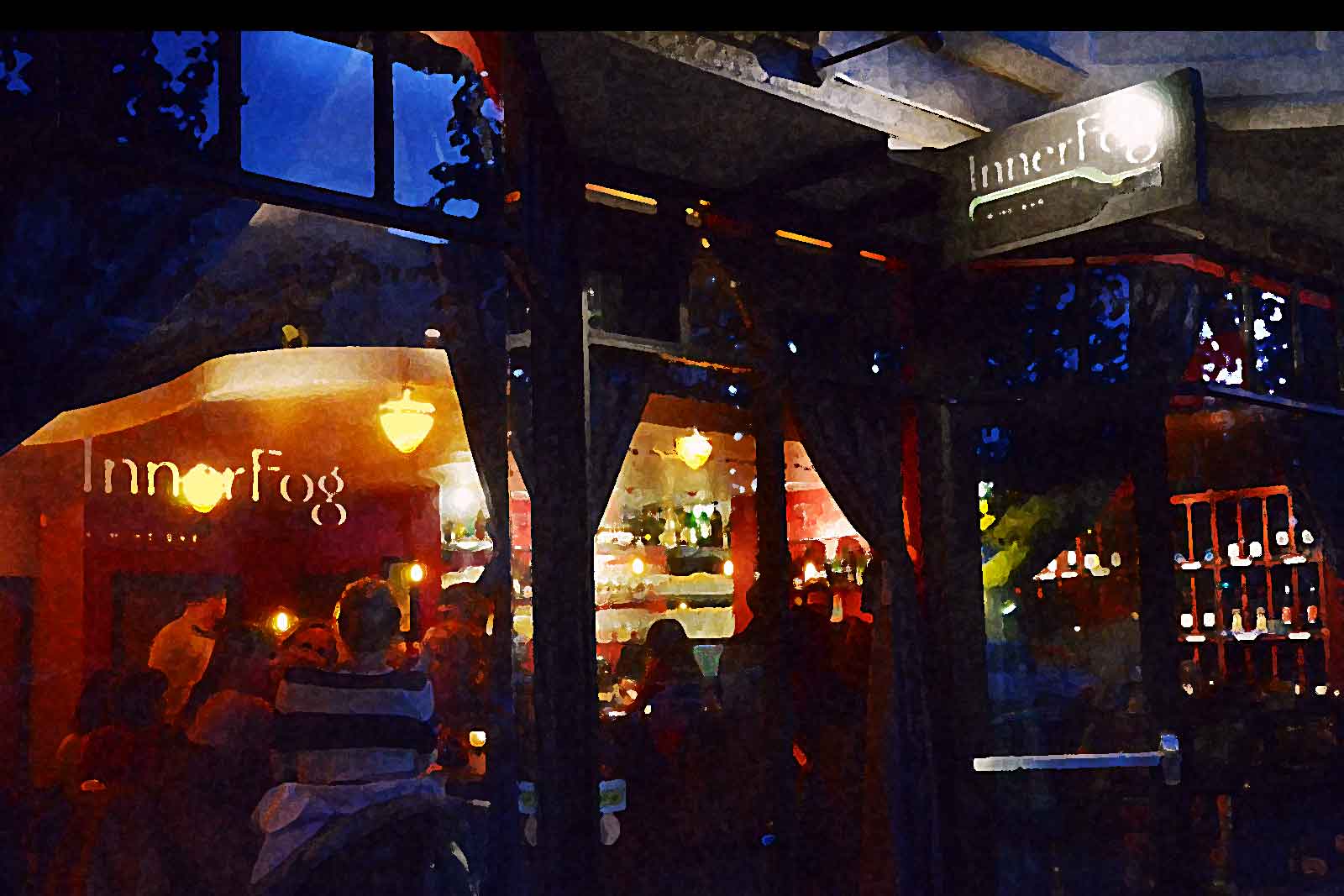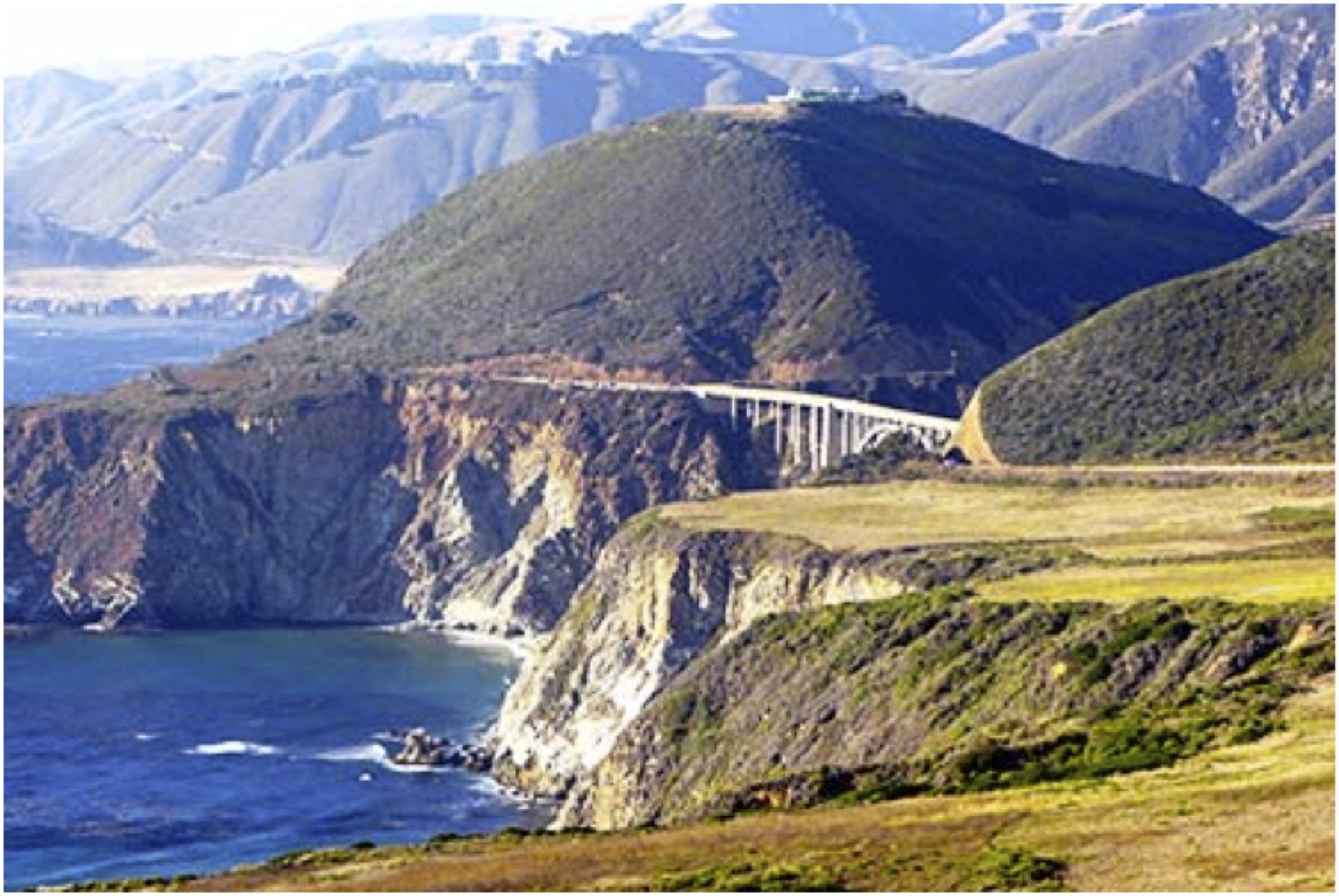The Richmond
I’ve resided in San Francisco’s Richmond district for more years than I care to confess. The western side of the city on either side of Golden Gate Park (Sunset to the South, Richmond to the north) is often referred to as “The Avenues” because that’s where they are, all 48 of them. I was there when “The Avenues” was used as a synonym for “Why do you live all the way out there?” When Spain and then Mexico owned the San Francisco peninsula, maps named the western side of San Francisco “The Great Sand Waste.” When the United States took over they give it a minor upgrade and called the sand pile “The Outside Lands.” I’ve always liked “The Avenues;” it sounds appropriate, a landscape you’d find in a post-apocalyptic movie where Mel Gibson does battle with Kevin Costner who is only trying to fulfill his mission to deliver mail to the undead.
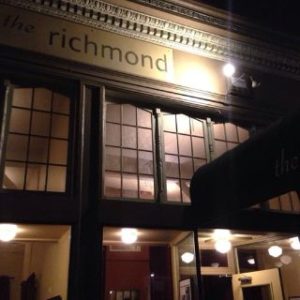
In the Richmond, there is a restaurant called The Richmond, that I had never heard of. I asked the owner/chef John how long he’d been there he said 15 years. So I had to confess I’ve driven by hundreds of times, and never noticed. It is easy not to notice. There is a sign, but the front of the restaurant is pleasantly nondescript and loses the attention battle, especially at night, to the florescent baked laundromat next door.
Richmond is the vision of the owner/chef John Ha. He wanted a restaurant where he could control everything, and he has succeeded. Aside from himself, there is a server and an assistant in the kitchen. He doesn’t need more than that, because the menu is limited, though changes often. It’s a tasting menu of 3 courses for $50, or 5 courses for $79. There are optional wine parings, but the wine list is good, and like the dinner itself, a screaming deal.
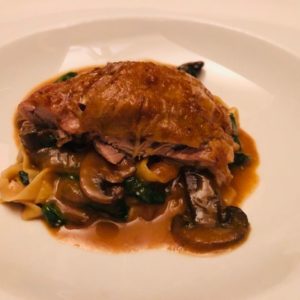
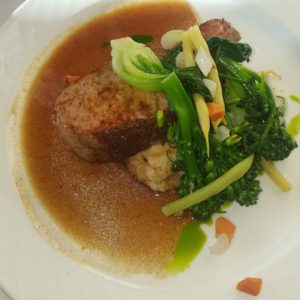
The restaurant is small, but doesn’t feel that way because each table is enclosed with curtains. The dining experience is private, and John and his staff make you feel like you’re the only people in the place, and you’re getting their full attention.
He favors a good dining experience and good food over volume and turning tables. John is attentive, genuinely cares that you have a good time, and goes out of his way to make it happen. I was torn between the pork chop and the salmon, and asked if he favored one over the other. He, rightly, turned this question back on me and asked “What are you leaning toward?” I said the pork chop. He said “I’ll make you the pork chop. If for some reason you don’t like it, I’ll bring the salmon.” The pork chop was perfect, probably the best I’ve had.
At the end of the meal he came back out to talk, with some complementary wine. He and the server pulled back the curtains on the other booths, and, in an illusion that David Copperfield would find impressive, revealed how small the place really is.
The Richmond doesn’t advertise. It doesn’t need to. It doesn’t have a website, probably because he doesn’t need it, and keeping it up to date with the daily menu would take time away from creating his daily menu. Reading some of the online reviews, they are nearly 100% raves. Of course there are a handful of negative reviews. These are either from would-be critics who proclaim their self-imagined cred and sophistication by focusing on some small inconsequential detail they can pick at, or more often the reviewer gave less than five starts because the writer felt their every petty whim was not fawningly catered to. Many posters are clueless about the economy of small restaurants and basic courtesy. For example, those who make a reservation for four people and then only show up with two. That means two other people couldn’t get in that night because of their lack of consideration, and, because he’s preparing a limited number of meals each night, don’t understand why the owner is less than pleased when you saunter in with half your party. One reviewer was pissed because The Richmond don’t offer take-out. These are the same people you stopped inviting to dinner because they arrived with a couple of extra friends in tow who just dropped into town, or simply didn’t show up at all, and didn’t let you know they weren’t showing up. They also keep asking when is the next time you’re going to ask them to dinner.
Richmond is not a restaurant where the staff says “How high?” when you say jump. I get the impression that if you are too demanding John will give you a great experience, whether you appreciate it or not. He may also keep your email and phone number on a list that says to tell you the restaurant is booked no matter what day or time you ask for. That’s what I would do, but John may be more forgiving than me. He loves what he has created, and may give you a second chance. This is John’s place, and he goes out of his way for you to have a great time. If you enjoy yourselves and let him and his staff know that, he is humble and appreciative and eager to provide you with a memorable dining experience. If you don’t like it, there are plenty of other restaurants to choose from next time, such as Olive Garden and Applebee’s.
Reservations only, make them now.

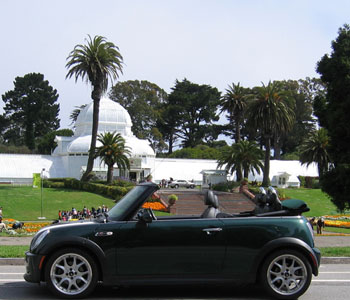
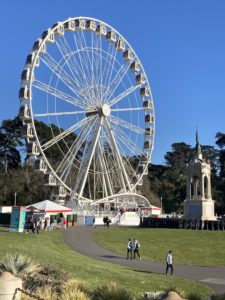
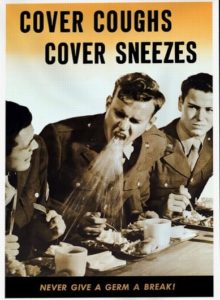
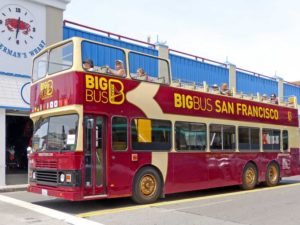
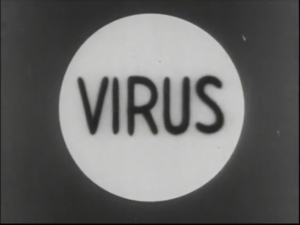
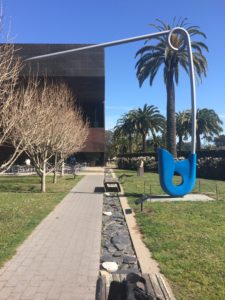
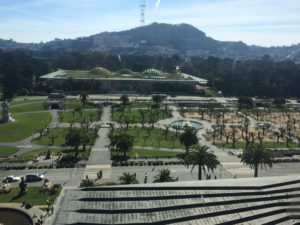
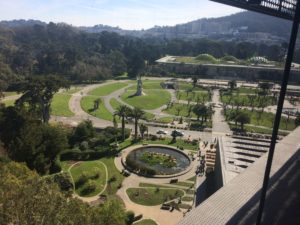
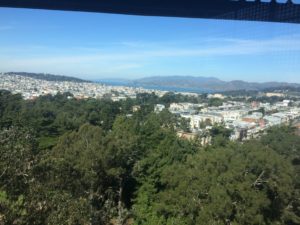




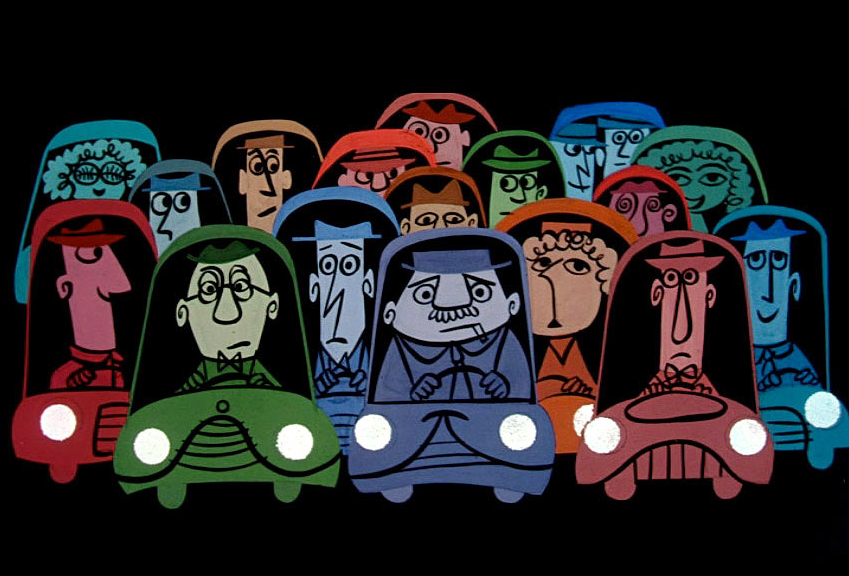
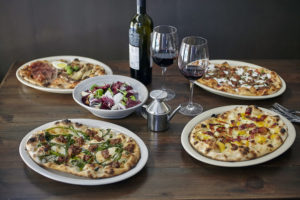
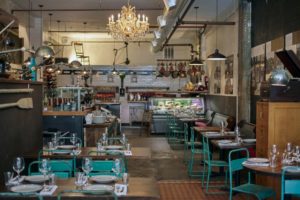
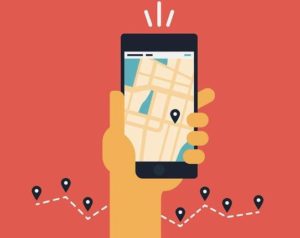
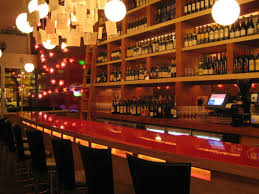
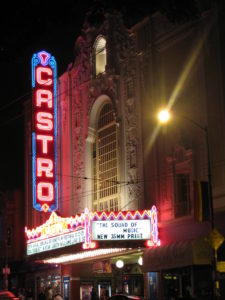
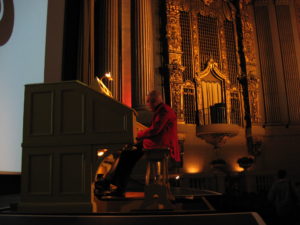
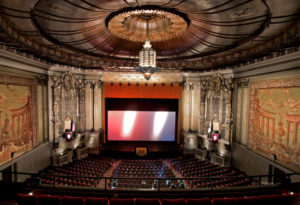
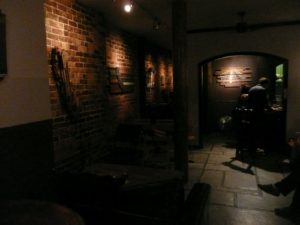
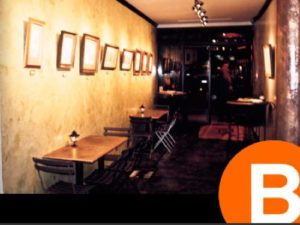
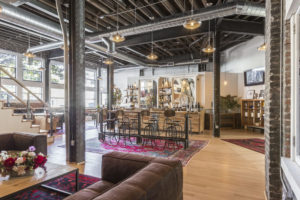
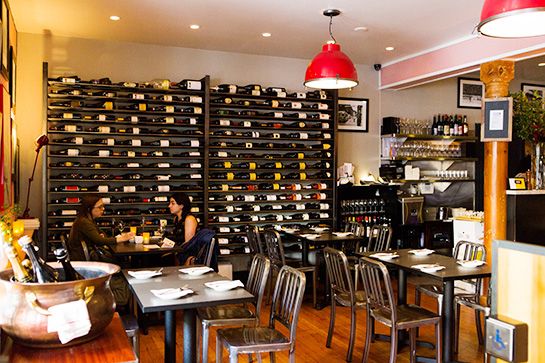 If you’re staying downtown, there are many good reasons to hop on the N-Judah street car and take a quick ride to Cole Valley, and the Inner Sunset. There you will experience San Francisco neighborhoods that most visitors miss, and restaurants and wine bars locals love. A private tour is about seeing the city like a local, and discovering hidden gems, and I love telling guest about the neighborhood gem that is
If you’re staying downtown, there are many good reasons to hop on the N-Judah street car and take a quick ride to Cole Valley, and the Inner Sunset. There you will experience San Francisco neighborhoods that most visitors miss, and restaurants and wine bars locals love. A private tour is about seeing the city like a local, and discovering hidden gems, and I love telling guest about the neighborhood gem that is 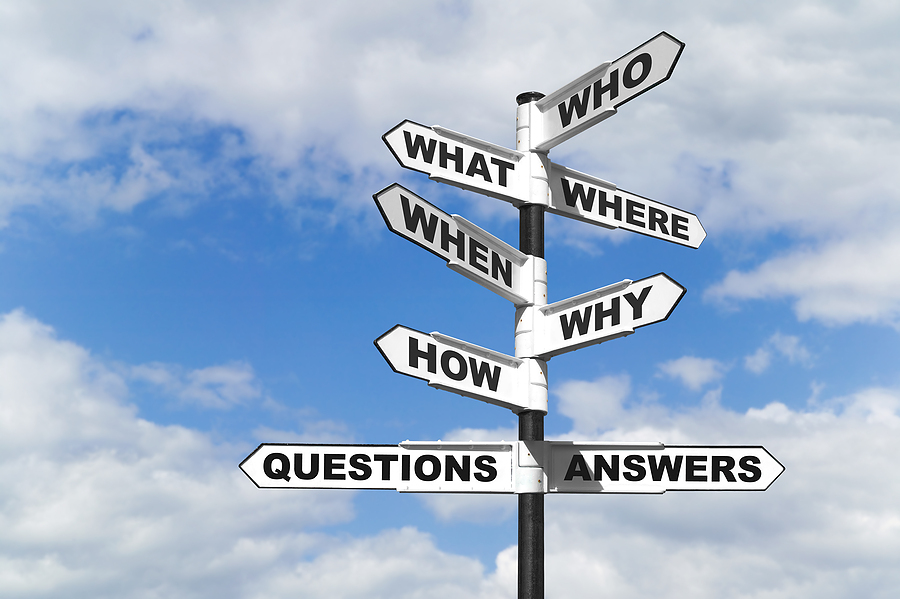
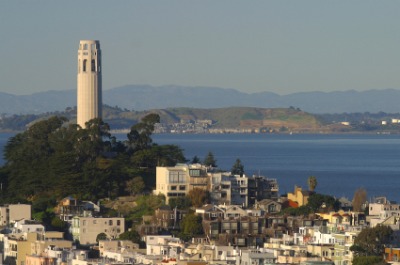 From the parking lot, there are views of the Golden Gate Bridge, Russian Hill, and Alcartaz. Inside the tower are murals from the 1930’s PWA project.
From the parking lot, there are views of the Golden Gate Bridge, Russian Hill, and Alcartaz. Inside the tower are murals from the 1930’s PWA project. 